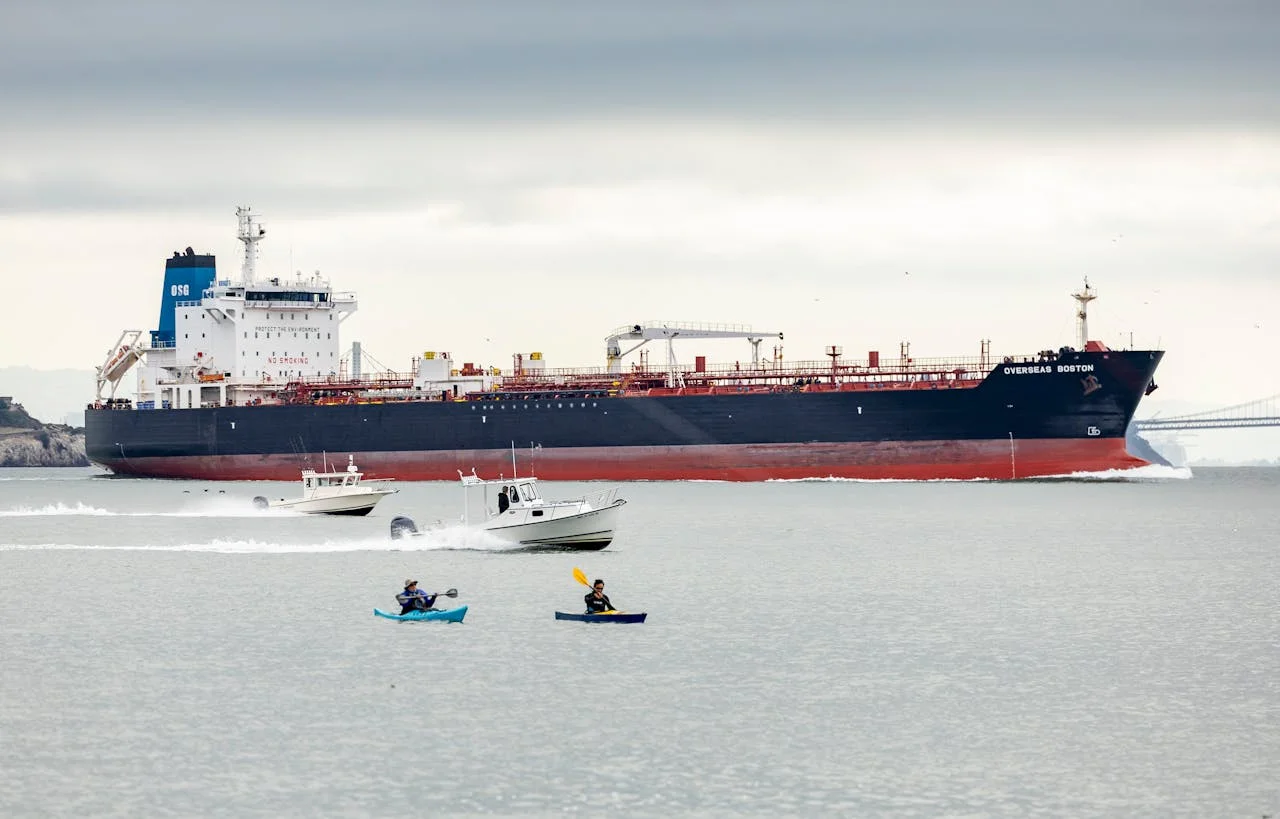
Intercontinental Exchange, Inc. (NYSE: ICE), a leading global provider of market technology and data services, has announced that Worldscale Association Ltd (Worldscale), the primary provider of tanker freight rate benchmarks, will incorporate ICE’s European Carbon Allowance (EUA) futures settlement price into its freight rate calculations for 2025. The decision underscores the increasing focus on carbon emissions within the maritime industry, particularly as the sector comes under the purview of the European Union’s Emissions Trading System (EU ETS).
Worldscale’s freight rate benchmarks represent the estimated cost of operating a standardized tanker on a round-trip voyage. These benchmarks account for key operational expenses such as bunker fuel costs, port charges, and currency exchange rates. Beginning in 2025, the benchmarks will also include the cost of carbon emissions associated with maritime shipping, in compliance with EU ETS regulations. This move aligns with the EU’s broader environmental strategy to reduce greenhouse gas emissions across various sectors, including maritime transport.
Under the EU ETS, shipping companies are required to account for emissions from vessels calling at or handling cargo at EU ports. As ICE’s EUA futures market is the most liquid and widely used carbon market globally, it has been selected as the reference point for these calculations. The benchmark price will be derived from the average daily settlement price of ICE’s EUA December 2024 futures contract over a one-year period, from October 1, 2023, to September 30, 2024.
Ian McCarthy, Managing Director of Worldscale, emphasized the importance of transparency in carbon pricing:
“Worldscale needed a transparent price of carbon to be factored into freight rates, and ICE’s European carbon market, being the most liquid, is the natural choice.”
Jeff Barbuto, Global Head of Oil Markets at ICE, highlighted the broader implications of this collaboration:
“Maritime transport is central to the global economy. ICE, as the leading energy derivatives market, has worked closely with the industry to provide a solution for the maritime sector to meet the new EU ETS requirements. This integration supports both physical freight markets and related derivatives used to hedge freight risk.”
In addition to its role in carbon pricing, ICE provides a comprehensive suite of wet freight futures and options to help market participants manage price risks associated with shipping oil. Wet freight rates are closely tied to crude oil and refined product markets, areas where ICE is a global leader. The company offers access to over 800 oil-related products, including ICE Brent crude oil futures, which serve as a pricing benchmark for 75% of the world’s internationally traded crude oil.
In November 2024, ICE achieved record open interest in wet freight futures and options, reaching 181,152 contracts on November 22. This milestone reflects the growing reliance of market participants on ICE’s tools for managing freight and energy-related risks.
The EUA carbon benchmark is part of ICE’s expansive environmental market offerings, which are the largest and most liquid globally. These markets enable participants to fulfill emissions obligations while mitigating price risks associated with environmental compliance. Over the past year, open interest across ICE’s environmental products has grown by 28%, while its broader energy complex has seen a 20% increase in open interest.
As the maritime industry continues to adapt to stringent environmental regulations, the integration of ICE’s carbon pricing into Worldscale’s freight rate calculations marks a significant step toward sustainability and transparency in global shipping.

